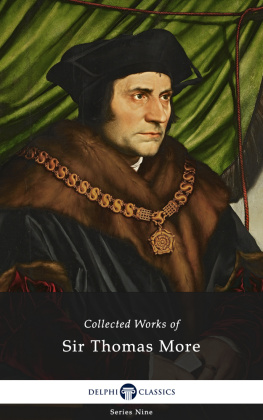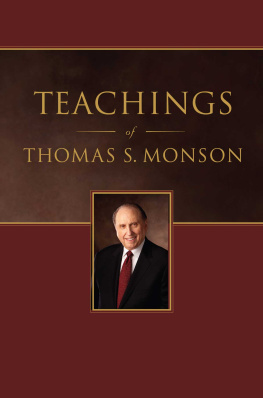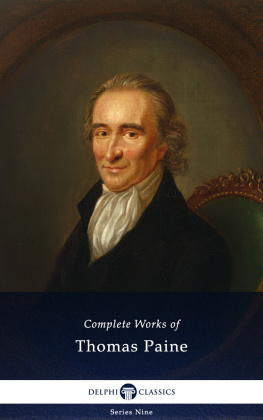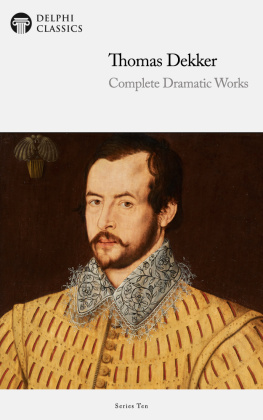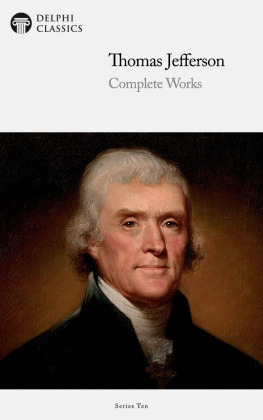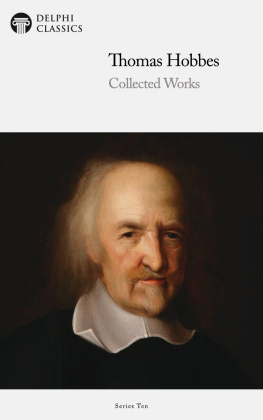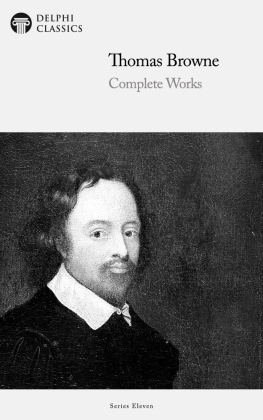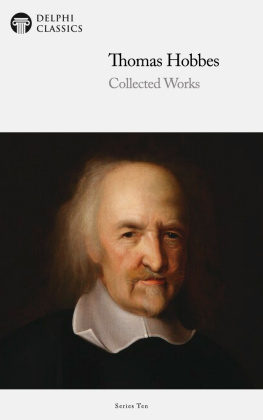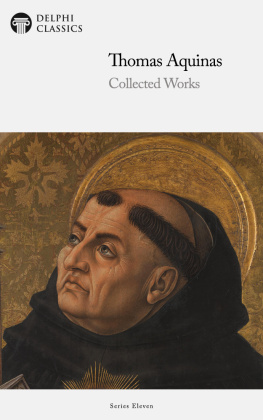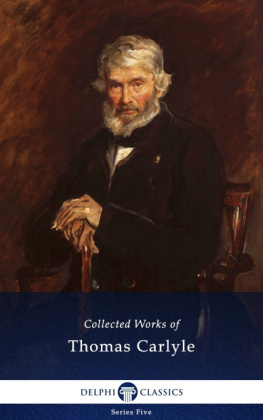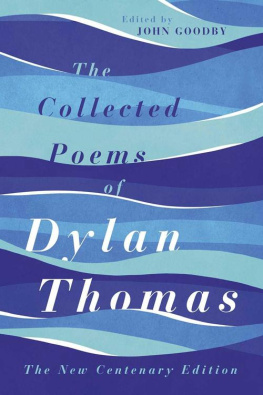
The Collected Works of
SIR THOMAS MORE
(1478-1535)

Contents

Delphi Classics 2018
Version 1


Browse our Main Series

Browse our Ancient Classics

Browse our Poets

Browse our Art eBooks

Browse our Classical Music series

The Collected Works of
SIR THOMAS MORE

By Delphi Classics, 2018
COPYRIGHT
Collected Works of Sir Thomas More

First published in the United Kingdom in 2018 by Delphi Classics.
Delphi Classics, 2018.
All rights reserved. No part of this publication may be reproduced, stored in a retrieval system, or transmitted, in any form or by any means, without the prior permission in writing of the publisher, nor be otherwise circulated in any form other than that in which it is published.
ISBN: 978 1 78877 995 1
Delphi Classics
is an imprint of
Delphi Publishing Ltd
Hastings, East Sussex
United Kingdom
Contact: sales@delphiclassics.com

www.delphiclassics.com
Utopia

Milk Street, central London the site of Mores birthplace. Milk Street was a prosperous residential area, just off the busy commercial district of the city.

The plaque commemorating Mores birthplace in Milk Street the precise location of the site is unknown.

Thomas More was the son of Sir John More, a successful lawyer and later a judge, depicted here aged 76 by Hans Holbein the Younger, c. 1527
Utopia: Brief Introduction

Mores most famous book, Utopia is a work of fiction and socio-political satire, first published in Latin in 1516. It is structured as a frame narrative, primarily depicting a fictional island society and its religious, social and political customs. The original title Libellus vere aureus, nec minus salutaris quam festivus, de optimo rei publicae statu deque nova insula Utopia literally translates as A truly golden little book, no less beneficial than entertaining, of a republics best state and of the new island Utopia.
The first edition features a woodcut map of the island of Utopia and opens with the written correspondence between Thomas More and several people he had met on the continent: Peter Gilles, town clerk of Antwerp, and Hieronymus van Busleyden, counsellor to Charles V. More employs these letters, which are actually real communications sent between correspondents, to heighten the plausibility of his fictional land. In the same spirit, the letters also include a specimen of the Utopian alphabet and its poetry, further enhancing the verisimilitude of the work.
The narrative is written from the perspective of More himself, a common style at the time, as he employs his own name and background to create the narrator (Baker-Smith). Utopia comprises two parts: Book One: Dialogue of Council, and Book Two: Discourse on Utopia. The first book describes how the narrator takes a boat to the fictional land of Utopia. He is told of the norms and rules of the society by a fellow traveller named Raphael Hythloday, a citizen of Utopia, whose surname translates as expert of nonsense in Greek. This portion of the tale is also used by More to criticise contemporary practices in England and other Catholicism-dominated countries, such as the punishment for a crime of theft being punishable by death and the over willingness of kings to incite wars. In time, More tries to convince Hythloday that he could find a good position in a royal court, advising monarchs, but his advisor argues that his views are too radical and would fail to be heard. Book Two concerns Mores time in Utopia, noting how the society is built on slavery, totalitarianism and ideas similar socialism. Some commentators believe that More supports the tenets of socialism, while others believe that he depicts how such ideology is fundamentally impractical.
More commenced work on Utopia while serving as an envoy in the Low Countries in May 1515, completing it the following year. It was printed in Leuven under Erasmus editorship and after several revisions it was printed in Basel in November 1518. It was not until 1551, sixteen years after Mores execution, that it was first published in England as an English translation by Ralph Robinson. Gilbert Burnets translation of 1684 is today the most commonly cited version.
The title Utopia has in more recent times eclipsed Mores original story and the term is now commonly used to describe an idyllic and imaginary society. Although he may not have directly founded the contemporary notion of what has since become known as Utopian and dystopian fiction, Mores book helped popularise the idea of imagined parallel realities. Some of the early works that owe a debt to Utopia must include The City of the Sun by Tommaso Campanella , Description of the Republic of Christianopolis by Johannes Valentinus Andreae, New Atlantis by Francis Bacon and Candide by Voltaire. More recent novels that were influenced by Mores work would include Brave New World by Aldous Huxley, Men Like Gods by H. G. Wells, Herland by Charlotte Perkins Gilman and very recent works like The Hunger Games by Veronica Roth and Divergent by Veronica Roth .

Next page
